This list records the monarchs of Sweden, from the late Viking Age to the present day. Sweden has continuously been a monarchy since the country’s inception and consolidation in the Viking Age and early Middle Ages, for over a thousand years. The incumbent royal dynasty of Sweden is the House of Bernadotte, established on the throne in 1818.
The territorial unification of Sweden is generally dated to about AD 1000–1250 and progressed relatively slowly. Due to a scarcity of sources, rulers during this period, as well as under preceding centuries, are relatively poorly attested. There were organized political structures in Sweden before the medieval kingdom was unified; based on archaelogical evidence, early tribal societies are believed to have transitioned into organized chiefdoms in the first few centuries AD, perhaps spurred by contacts with the Roman Empire and the rest of Europe. Based on later accounts, and of what is known of other Germanic peoples, such chiefdoms may have been led by chieftains or petty kings referred to as reiks (“leader of men”), elected by an aristocratic tribal council.In the period AD 500–800, Scandinavian societies began adopting cultural elements from the newly established Germanic kingdoms in Europe, transitioning further into petty kingdoms.
Archaeological evidence suggests that were numerous petty kingdoms throughout modern-day Sweden. Foreign sources and later native sources describe the later medieval kingdom as being composed of two main regions: Svealand (particularly around Lake Mälaren) and Götaland. Sources from as early as the Roman author Tacitus (c. 56–126) mention two main peoples or tribes in modern Sweden: the Svear (Swedes) and Götar (Geats); the Svear are mentioned in more foreign sources than the Götar, credited with military activities at sea. Because of this frequent association, the term could possibly indicate a social group or function, rather than an ethnicity. The securely attested Swedish rulers in the Viking Age, predecessors of the later line of Swedish kings, ruled from the religious and political center of Old Uppsala; though its history before the Viking Age is poorly attested, it is probable that Old Uppsala had been a political and religious center since the Migration Period. Old Uppsala was home to the kings of the Svear; there is no secure historical evidence of any similar pre-Christian kingship among the Götar.
Reconstruction of Old Uppsala, the center of the proto-historic Swedish petty kingdom which gave rise to the medieval Swedish kingdom
The earliest historically attested Swedish rulers are 9th-century petty kings from the Vita Ansgarii, an account written c. 870 by Rimbert partly concerning Saint Ansgar’s visit to Svealand.Some kings of Old Uppsala are also mentioned in later Icelandic texts and sagas. These later texts, though notable as works of literature, are generally disregarded by modern scholars as sources for historical events; though it is possible that some truth remains in some of the stories, it is regarded to be overshadowed and lost among inventions and myths. The line of legendary Swedish kings from Icelandic tradition, called sagokungar (“fairy tale kings”) in Swedish, are not generally treated as historical figures; though some may be based on actual chieftains or petty kings, the poor source material, written down centuries after they are said to have lived, make them impossible to study and approach as anything other than mythical figures. Some later king-lists deliberately extended the sequence of kings for nationalistic purposes, such as Johannes Magnus’s Historia de omnibus Gothorum Sueonumque regibus (1554); supposed ancient kings mentioned in such sources are clearly fictional.
The petty kingdoms eventually gave rise to more complex political structures and what is today considered the beginning of the Swedish kingdom developed over the course of the Viking Age and the subsequent Middle Ages. The first Swedish king of whom anything definite is known is the 10th-century Eric the Victorious, though the information reported about him in different sources is both scarce and contradictory. Eric’s son Olof Skötkonung is more securely attested. Olof Skötkonung was the first king to be baptized in Sweden, is credited with founding a Christian kingdom, and is the first king definitively associated with both Svealand and Götaland. Some of his coins, the first ever to be minted in Sweden, bear the title rex sveorum (“king of Svear”), illustrating new regal intentions and ambition. As a result of these factors, Olof is often regarded as the first king of Sweden, though Eric the Victorious is sometimes alternatively considered as such, for instance by the incumbent royal family. All known medieval lists of kings from Sweden, such as a list contained in Västgötalagen, begin with Olof Skötkonung. The first king known to have employed the title “king of Svear and Götar” was Charles VII in the 12th century. The early and then medieval Swedish kingdom was an elective monarchy, with kings being elected from particularly prominent families; this practice did however often result in de facto dynastic succession and the formation of royal dynasties, such as those of Eric (intermittently c. 1157–1250) and Bjelbo (1250–1364) as well as infighting between rival families.
From 1389 to 1523, Sweden was often united with Denmark and Norway under the kings of the Kalmar Union. Sweden’s independence was restored under Gustav I in 1523, often credited as the founder of modern Sweden, who in 1544 formally abandoned the previous elective monarchy in favor of hereditary succession. Initially adopting the medieval “king of Swedes and Geats”, Gustav I later adopted the lengthier title rex Svecorum Gothorum Vandalorumque (“king of the Swedes, Geats and Wends”), inspired by the use of sclavorum rex (translated as “king of the Wends”) by the Danish kings. The last monarch to be titled as king of the Swedes, Geats and Wends was Gustaf VI Adolf (r. 1950–1973) since his successor, the present king Carl XVI Gustaf, upon his accession adopted the shortened title “king of Sweden”.
In 1980, the rule of succession was changed from agnatic to absolute primogeniture, to the benefit of Princess Victoria (born 1977), the current heir apparent.
The legacy of the Kingdom of Sweden dates back over a millennium, spanning more than 1,000 years. The annals of its monarchs can be meticulously traced by name and approximate year, their lineage extending since the late 10th century, with Erik Segersäll as the first recorded ruler. Among them, Gustav Vasa ascended to power in 1521, earning recognition as the founder of the modern Swedish state. Subsequently, the realm has witnessed the reign of five royal dynasties.
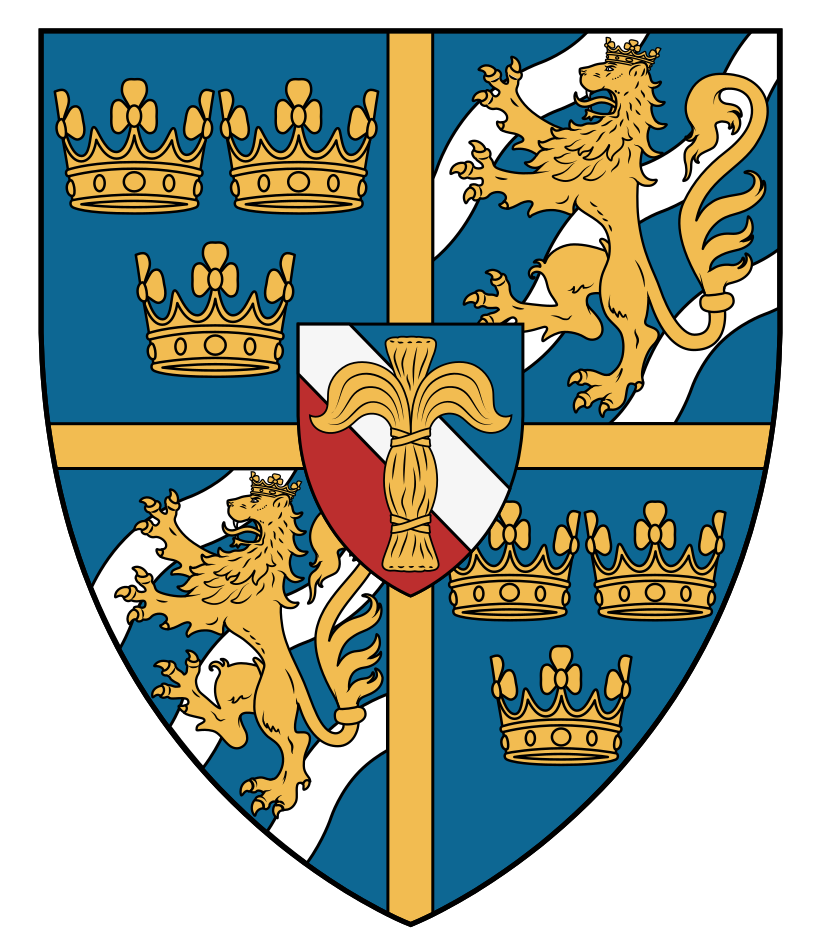
House of Vasa
1523 Gustav Vasa
1560 Erik XIV
1568 Johan III
1592 Sigismund
1604 Karl IX
1611 Gustav II Adolf
1632 Kristina
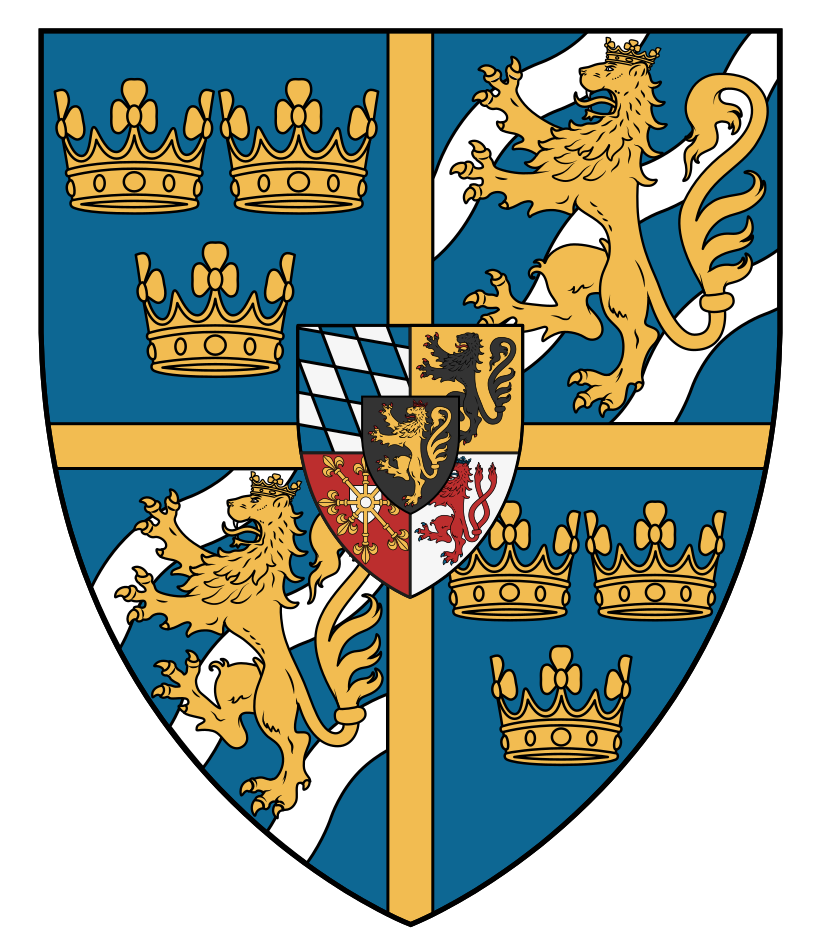
House of Palatinate-Zweibrücken
1654 Karl X Gustav
1660 Karl XI
1697 Karl XII
1719 Ulrika Eleonora the Younger
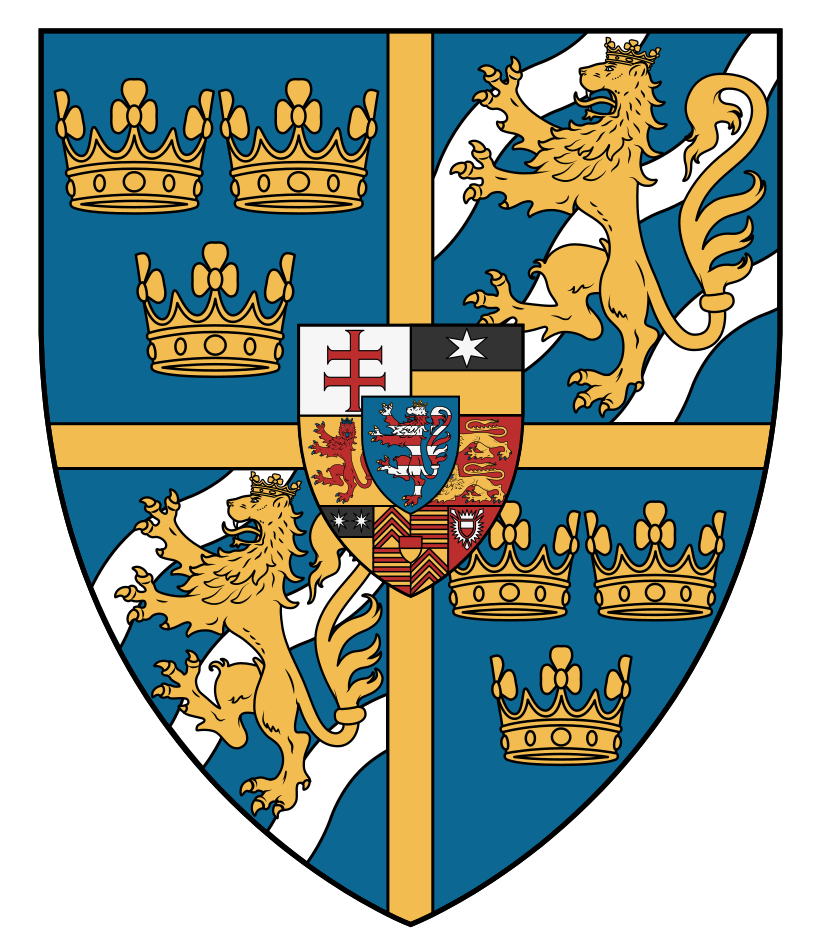
House of Hesse-Kassel
1720 Fredrik I
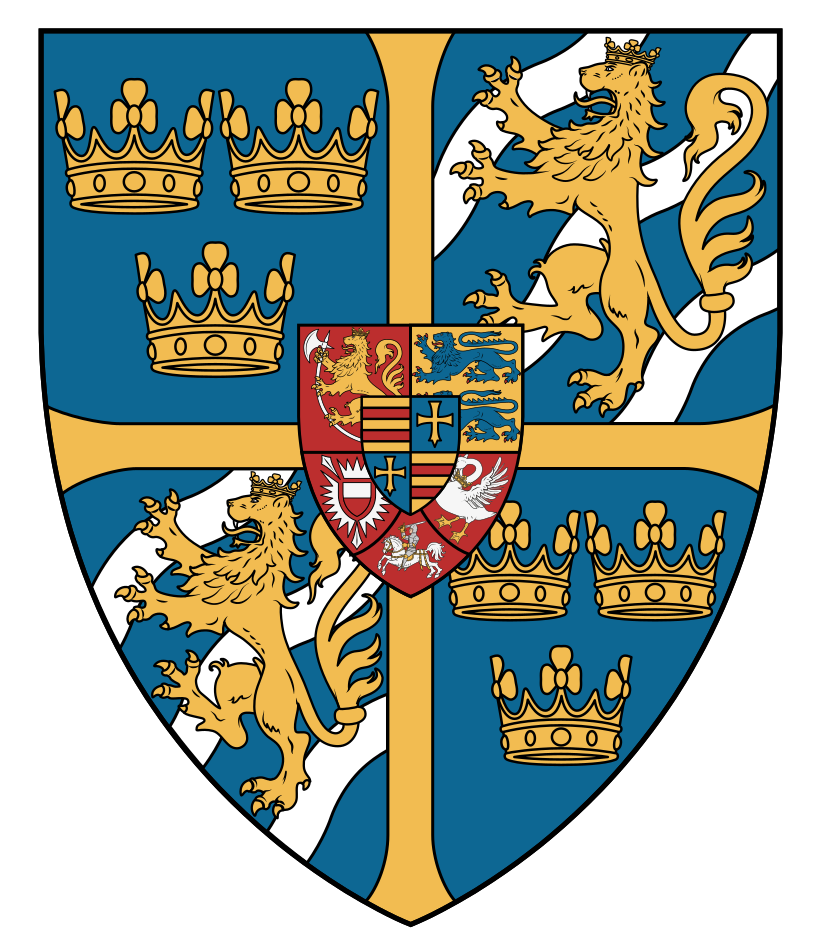
House of Holstein-Gottorp
1751 Adolf Fredrik
1771 Gustav III
1792 Gustav IV Adolf
1809 Karl XIII
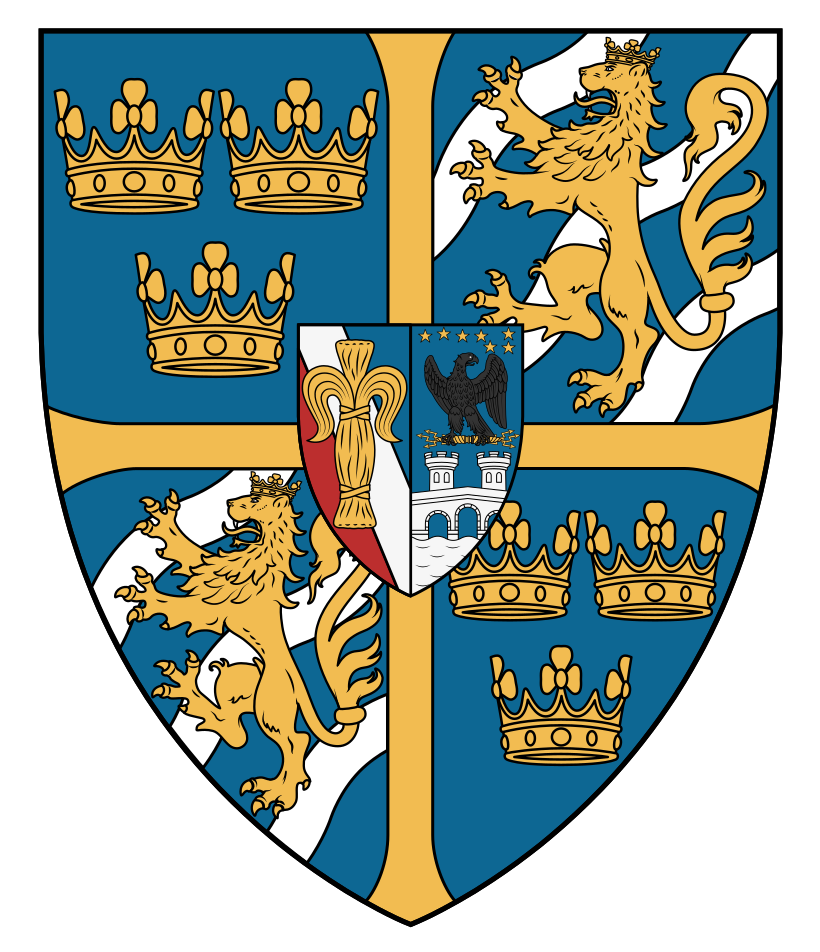
House of Bernadotte
1818 Karl XIV Johan
1844 Oskar I
1859 Karl XV
1872 Oskar II
1907 Gustaf V
1950 Gustaf VI Adolf
1973 Carl XVI Gustaf